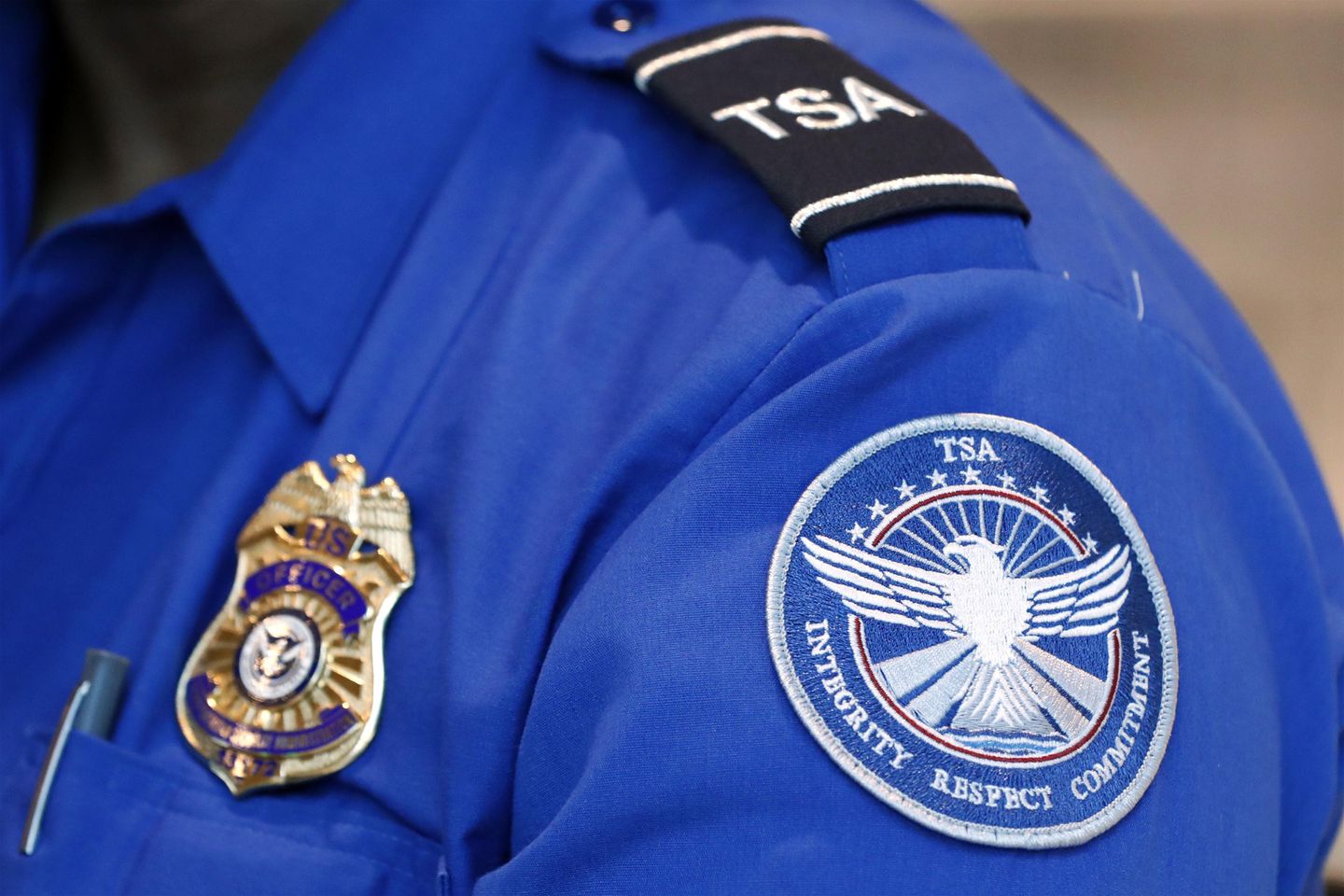The government’s terrorist watchlist has ballooned to at least 1.8 million records, up from just 150,000 two decades ago, according to a new Senate report that says the system has spiraled out of control.
More than 500 entities, including college police forces, have access to some of the data, said the Homeland Security and Governmental Affairs Committee.
And even the list’s name is no longer accurate, with the committee saying the watchlist includes what’s known as “exception records” — names of people associated with international crime or who were detained by the military, in addition to relatives of terrorists and people suspected but never actually determined to be terrorists.
The committee urged federal inspectors general to do a full review of the watchlist to evaluate who ends up listed and whether it’s warranted. The committee also said the feds need to fix the redress process that allows people to challenge their listing.
“This report will increase transparency and make recommendations to increase national security, build confidence that our practices align with threats, and help ensure resources are focused efficiently,” said Sen. Gary Peters, Michigan Democrat and chairman of the committee.
The watchlist is the name for the system maintained by the FBI for identifying individuals with worrying histories. A subset of the watchlist, the No Fly list, is used to bar some people from boarding planes with destinations in the U.S. Another subset identifies people who must undergo extra screening before traveling.
Customs and Border Protection also uses the watchlist when screening arrivals, including at land border crossings.
The watchlist has drawn the ire of civil liberties groups and particularly Muslim and Arab-American advocacy organizations, who say members of their community have had to face humiliating treatment.
The Supreme Court has scheduled oral argument early next month on a case challenging the way the FBI operates the No Fly list.
The case was brought by a U.S. citizen who was on the list and faced severe turmoil in his travels, but has since been pulled off the list, although the FBI won’t guarantee that he won’t be added back in the future.
The idea of the watchlist — officially known as the terrorist screening dataset — grew out of the Sept. 11, 2001, attack that claimed the lives of nearly 3,000 Americans after terrorists hijacked airplanes and used them as missiles.
At that time, the Federal Aviation Administration had just 12 people on its No Fly list.
The list has grown in the wake of subsequent attacks, the committee said.
After the failed “underwear bomber” in 2009, the government realized it had failed to include the man, Umar Farouk Abdulmutallab, even though it had enough information to do so. New guidance emerged, leading to an increase in names.
An Obama-era directive in 2015 added international organized crime figures to the list. CBP uses that to make decisions on whom to admit into the country, but the Transportation Security Administration does not use the organized crime list for its screening.
Even senior government officials have downplayed the significance of appearing on the watchlist.
“Individuals who are encountered at the southern border who are in the terrorist screening data set may not necessarily be known or suspected terrorists,” Homeland Security Secretary Alejandro Mayorkas said in testimony to Congress last month.
He was responding to GOP concerns over data that showed the Border Patrol has arrested 267 people on the watchlist sneaking across the southwestern border over the last two years. By contrast, in the four years under President Trump, the total was just 11.
Some immigrant-rights advocates argue that those being nabbed at the border are less likely to be jihadists bent on attacking the U.S. and more likely to be associated with rebel movements in Central America or South America, such as Colombia’s FARC, who have less reason to attack the U.S.
Homeland Security spokesperson Mia Ehrenberg said the department takes complaints seriously.
“DHS has implemented systems to ensure those priorities are at the center of our efforts, and we are constantly working to make further improvements,” the spokesperson said.
“While we believe some of the committee’s findings lack important context, DHS is committed to working with Congress and stakeholders to ensure we have all the tools and capabilities to protect our national security while simultaneously protecting civil rights and liberties,” she said.
The Senate committee said that in addition to the watchlist, there are other ways someone can end up earning extra scrutiny at an airport. They include being suspected of carrying prohibited agriculture products or triggering a Public Health Lookout List, run by the Centers for Disease Control and Prevention.
The committee said some of the more prominent bungles included flagging the late Sen. Edward M. Kennedy and Rep. John Lewis for scrutiny at an airport because their identities mistakenly triggered the watchlist.
Those problems are exacerbated by differences in names from foreign languages, the committee said.
The government won’t tell people why they are placed on the watchlist, saying it could help real terrorists figure out how the system works and take steps to evade it.
Indeed, the government won’t usually even tell people if they’ve been taken off the list after a challenge.
Homeland Security says the most common reason for someone being wrongly flagged is that their name and personal information are similar to someone on the list.
The department said 98% of people who apply for redress are found not to need listing.
Copyright © 2023 The Washington Times, LLC.
Click
here for reprint permission.
Please read
our comment policy before commenting.










